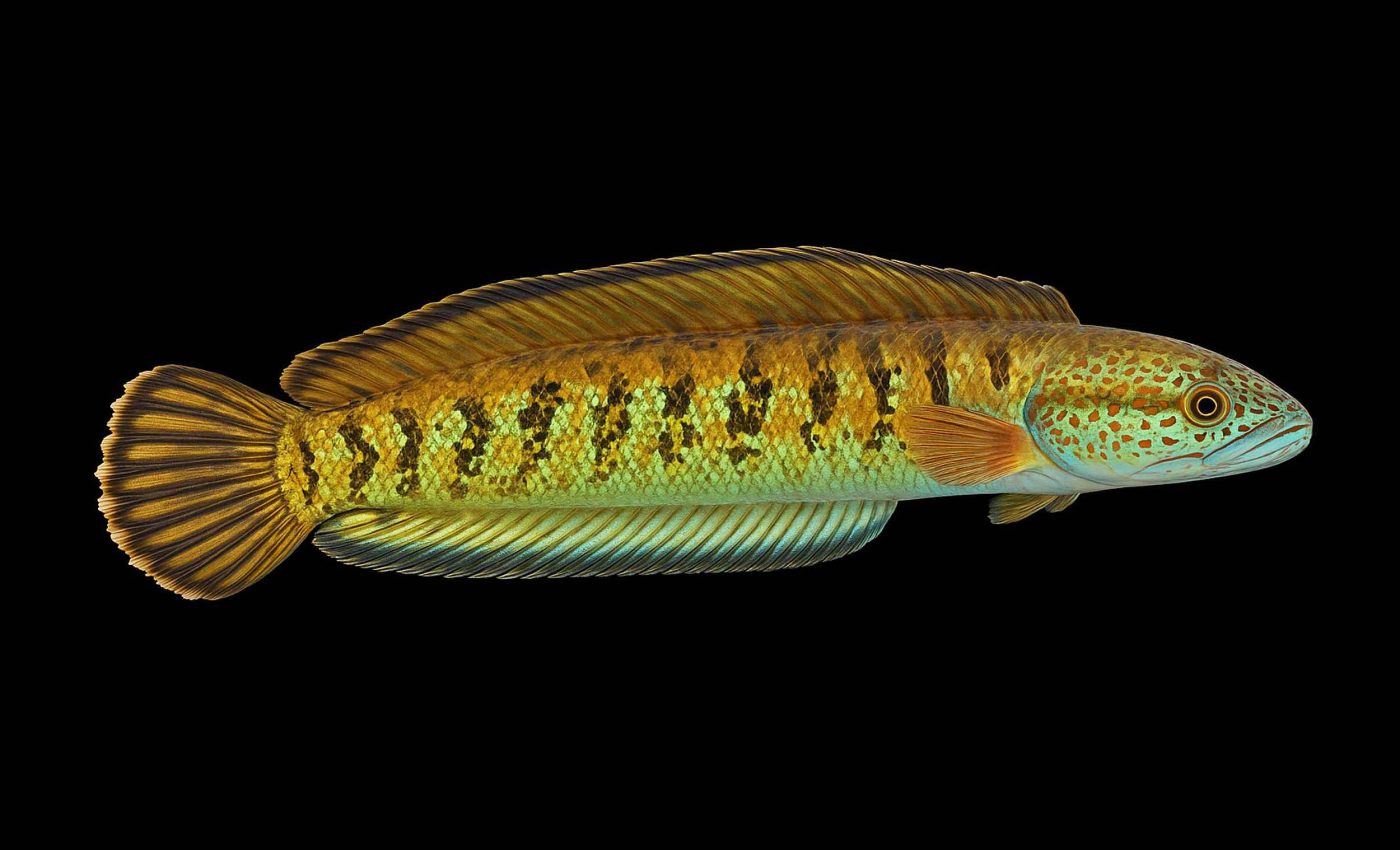
Fish thought extinct for 85 years reappears in Himalayan river
In a remarkable twist of ecological fate, a fish species thought extinct for over eight decades has reappeared in a remote Himalayan river. The Chel snakehead, scientifically known as Channa amphibeus, had not been officially recorded since 1933, leaving scientists certain it had vanished forever.
This rediscovery sheds light on the incredible resilience hidden in the world’s freshwater ecosystems, especially amid rising threats to global biodiversity.
Rediscovering the Chel snakehead
For decades, the Chel snakehead eluded every scientific effort to confirm its existence. Between 1918 and 1933, researchers collected several specimens along the Chel River in northern India, leading to initial documentation.
After that period, extensive searches yielded nothing, pushing scientists to conclude the fish had likely died out. However, that all changed when three fresh specimens emerged in 2024, overturning decades of assumptions.
“We knew local tribes were eating something unusual,” said wildlife biologist Forrest Galante. His team received clues from these communities that eventually led to confirming the Chel snakehead’s survival.
Remarkable species survives unnoticed
The Chel snakehead is endemic to the Chel River system in Kalimpong, West Bengal, a mountainous region known for its rich biodiversity.
This species is particularly striking due to its vibrant appearance, featuring bright green scales interspersed with yellow stripes.
The Chel snakehead stands out as the largest among the snakehead family, a group of predatory freshwater fishes that are often elusive and hard to study. Its vivid coloration and size make its prolonged absence even more puzzling.
The role of local communities
Local tribal communities unknowingly became the key to unlocking this zoological mystery. For generations, these communities consumed the Chel snakehead without realizing its significance to the scientific world.
Their dietary practices provided vital clues that scientists used to pinpoint the fish’s precise location. Engaging these communities in conservation efforts now becomes crucial in protecting this rediscovered treasure.
Freshwater species under threat
Despite the uplifting nature of this rediscovery, freshwater fish species are in serious trouble, facing unprecedented pressures around the world – and humans are largely to blame.
We’ve dammed and diverted rivers, choking off migration routes and altering natural flows that fish rely on to breed and feed.
Pollution from farms, factories, and cities poisons waterways, triggering oxygen-sapping algal blooms and spreading toxins through fragile food webs.
Invasive species, often thriving in these degraded habitats, outcompete or prey on native fish already struggling to survive.
Add climate change – warmer waters, erratic rainfall, shrinking streams – and the pressure only grows.
According to the International Union for Conservation of Nature (IUCN), freshwater habitats make up less than 1% of Earth’s surface but harbor over 10% of all known species.
Continuing exploration is crucial
“Resolving this mystery in Indian ichthyology emphasizes the importance of ongoing exploration and the endurance of biodiversity, even in species once considered lost forever,” explained Tejas Thackeray, founder of the Thackeray Wildlife Foundation.
Thackeray and his team contributed significantly to the research, highlighting how dedicated fieldwork can yield astonishing results. Future efforts will likely focus on protecting the Chel River ecosystem, ensuring this rediscovered species continues to survive.
Chel snakehead conservation
With the Chel snakehead now officially back from extinction, conservationists face a new challenge: securing its future.
Immediate actions include detailed habitat assessments, determining its current population status, and implementing protective measures to safeguard its environment.
Collaboration between local communities, researchers, and conservationists will determine the Chel snakehead’s fate.
Empowering residents through awareness and education programs is a crucial next step, aligning local interests with global conservation goals.
Freshwater ecosystems need help now
The Chel snakehead’s remarkable reappearance carries two vital messages for humanity. First, nature is resilient and can surprise even the most seasoned experts.
Second, such surprises underscore the urgency of protecting freshwater ecosystems before irreversible damage occurs.
Each rediscovery acts as a powerful motivator for conservation action.
Beyond the excitement of finding a lost species, scientists and local stakeholders now have an opportunity and responsibility to preserve the Chel snakehead and the rich biodiversity it represents.
The study is published in Zootaxa.
—–
Like what you read? Subscribe to our newsletter for engaging articles, exclusive content, and the latest updates.
Check us out on EarthSnap, a free app brought to you by Eric Ralls and Earth.com.
—–













